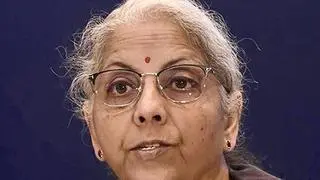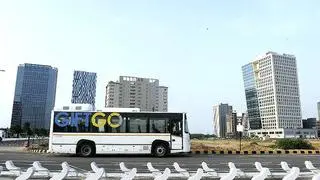Higher education needs to be futuristic and envision areas that will generate future employment opportunities and offer suitable courses for students, the Survey said.
The Indian higher education system, one of the largest in the world in terms of the number of colleges and universities, needs to match the supply with demand and to dovetail education policy to employment opportunities, it said. From 350 universities and 16,982 colleges in 2005-06, the numbers have gone up to 713 universities, 36,739 colleges, and 11,343 diploma level institutions in 2013-14.
Enrolment ratio The survey noted that the gross enrolment ratio in higher education has nearly doubled from around 11.6 per cent in 2005-06 to 21.1 per cent in 2012-13 (Provisional), with 29.6 million students enrolled in 2012-13 against 14.3 million in 2005-06.
However, the problem area is the lower penetration into higher levels of education which leads to higher dropouts, especially among the secondary and upper primary students, consequently to accumulation of less educated and less skilled job seekers at the bottom of the pyramid.
The framework of the Sarva Shiksha Abhiyan has been revised to include reimbursement for expenditure incurred for at least 25 per cent admissions of children belonging to disadvantaged and weaker sections in private unaided schools from the academic year 2014- 15.
The survey said that between 2007-08 and 2013-14, according to the District Information System for Education, total enrolment in primary schools increased from 134 million to 137 million in 2011-12 and then declined to 132 million in 2013-14, while upper primary enrolment grew from 51 million to about 67 million. However, the overall standard of education is well below global standards.
Policy prescription lies in shifting attention away from inputs to outcomes and focusing on building quality education and skill development infrastructure, the survey said.








Comments
Comments have to be in English, and in full sentences. They cannot be abusive or personal. Please abide by our community guidelines for posting your comments.
We have migrated to a new commenting platform. If you are already a registered user of TheHindu Businessline and logged in, you may continue to engage with our articles. If you do not have an account please register and login to post comments. Users can access their older comments by logging into their accounts on Vuukle.